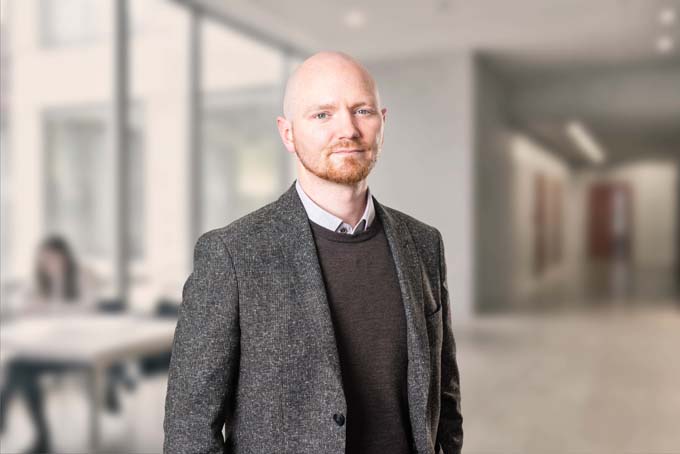Forms of teaching remain determined by the mix of methods
Digitization triggered an enormous push during the Corona period, also in education and training. A representative survey by the HWZ now shows that content, teaching and learning objectives continue to be decisive in terms of didactic methods and their use. This also means that distance learning is not replacing face-to-face teaching as a form of instruction.

A representative survey conducted by the HWZ with DemoScope on the topic of "Preferences in education and training" in German-speaking Switzerland shows that distance learning is not replacing face-to-face teaching as a form of instruction. The desire for maximum flexibility on the part of prospective students is also less prominent than one might assume, according to another finding of the study. Rather, the teaching methods chosen by the educational institution must fit the respective context and provide students with practical added value. In addition to individualized learning settings, which must be closely related to students' own learning needs, self-directed learning based on active personal responsibility is becoming more important. The task of lecturers is shifting from knowledge transfer to learning coaching, which relies on personal responsibility and intrinsic motivation - without losing efficiency.
Continuing education not an end in itself
The survey of 15-55 year-olds shows that a large majority can only be won over to in-service continuing education at a university of applied sciences (CAS, MAS) if the thematic orientation of the continuing education program and the prospects for networking relate to one's own and concrete field of activity and promise a nameable added value for one's own professional biography. "The desire for continuing education is based exclusively on utilitarian needs that arise from one's own professional context and are intended to fuel one's own career opportunities. In terms of delivery formats, the focus is on a stimulating teaching and learning environment that should include interactive settings as well as high-quality asynchronous online units with a clear focus on the added value specific to each format. These aspects are clearly more important than the free choice of the type of event, especially since planning security is of central importance," emphasizes Dr. Stefan Joller, Head of University Development HWZ.
Efficient flexibility is required
Flexibility in learning is highly valued by the 765 respondents. Flexibility is understood to mean being able to work on the content of one's own courses when one has time. This also refers to the option of taking part in lessons regardless of location (live streams, recordings), where this is permitted by the teaching and learning objectives specified in the content. With regard to time management for continuing education, a majority of respondents state that a clear content-related and time-related specification by the university is appreciated in order to thereby have to spend less time on the independent planning of learning phases. This also applies to the selection of learning content and the appropriate format in terms of subject didactics. These results essentially correspond to a conservative learning attitude, which remains dominant and focuses on cost-sensitive efficiency in education and training.
On the basis of this survey, the steadily growing technological opportunities for shaping individual learning and life paths (lifelong learning), which have risen sharply in the educational landscape due to Corona, do not indicate a clear trend toward complete flexibilization. Rather, the multi-option society demands a significantly increased degree of signposting. Educational institutions must master this balancing act between individualization and efficient goal orientation.
Source: HWZ









